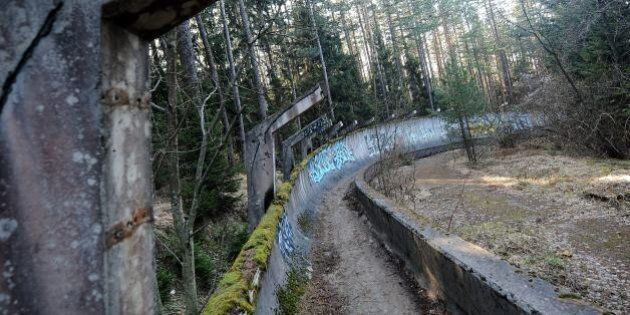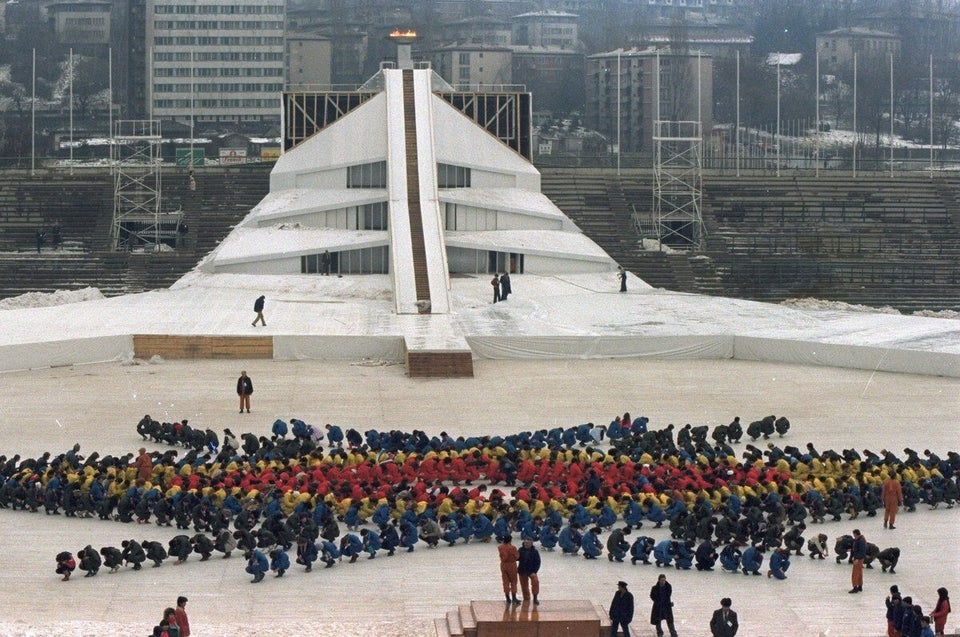
The 2014 Winter Olympics in Sochi, Russia are coming to an end with the closing ceremonies wrapping things up on Sunday, Feb. 23.
Once all the medals are handed out, the flags lowered and the crowds dissolved, the XXII Winter Games will go down as the most expensive Olympic Games in history, costing Russia roughly $51 billion dollars and $39 billion more than first expected, Business Insider reports.
So what happens next? Well, many Olympians will go home and return to training for the 2018 Winter Games in Pyeongchang, South Korea. As for the future of Sochi's Olympic venues, their fates remain uncertain.
Russian officials say they have plans for each piece of the Olympic city and park. The Russian national soccer team will use the Fisht Olympic Stadium for matches and as a training centre when it's not in use as a a venue for live entertainment or shows.
The nearby “Bolshoi” ice stadium will serve as a multi-purpose sports centre and will even give rise to a Russian hockey league for the area. Meanwhile, the hotels that once housed athletes will be transformed into apartments, according to the Ruskky Reporter, a local online news publication.
But others aren't sure Sochi's history as a Soviet-era sea-side resort town and the current Olympic layout are compatible, sparking concerns that the venues could go to waste, be left to rot or lay abandoned like the facilities used in the 1984 Winter Olympics in Sarajevo.
“In Sochi, the concern there is that it is a very small town, they put these seven facilities in one circle with not much else happening around them. Originally two of those facilities were going to be temporary and taken to a different location [after the games], but the plans changed,” Lisa Delpy Neirotti, a sports management professor at George Washington University, told Voice of America.
Russia has found some success in re-purposing its old Olympic facilities, with the Luzhniki stadium being a prime example. Once the star of the 1980 Summer Olympics, it's still used today by the nation's professional soccer teams and plays host to major international soccer championships, according to National Geographic.
Then there are other venues, like the ones built for the 2004 Olympics in Athens that have effectively become ghost towns and shells of what used to be beacons of glory. Here's what's happened to the last few cities that have played host to the Olympics.
